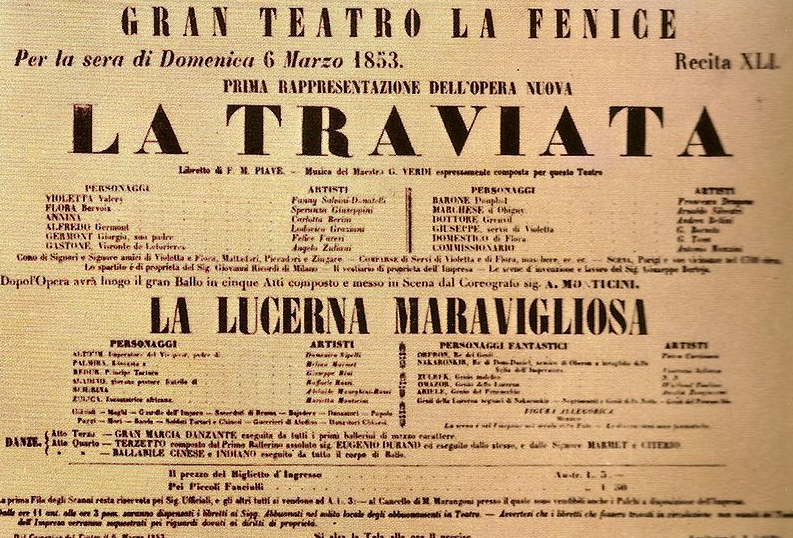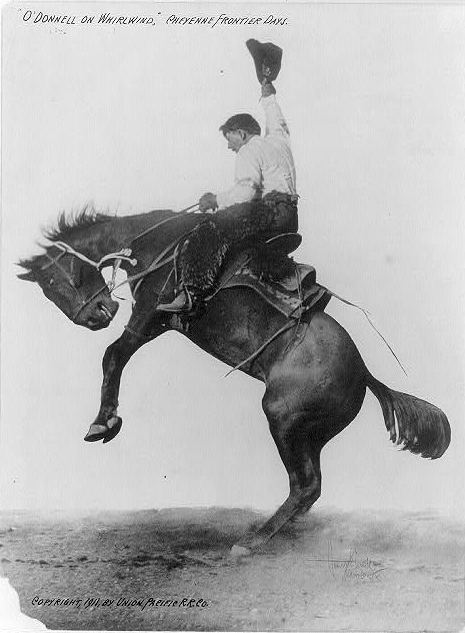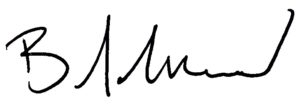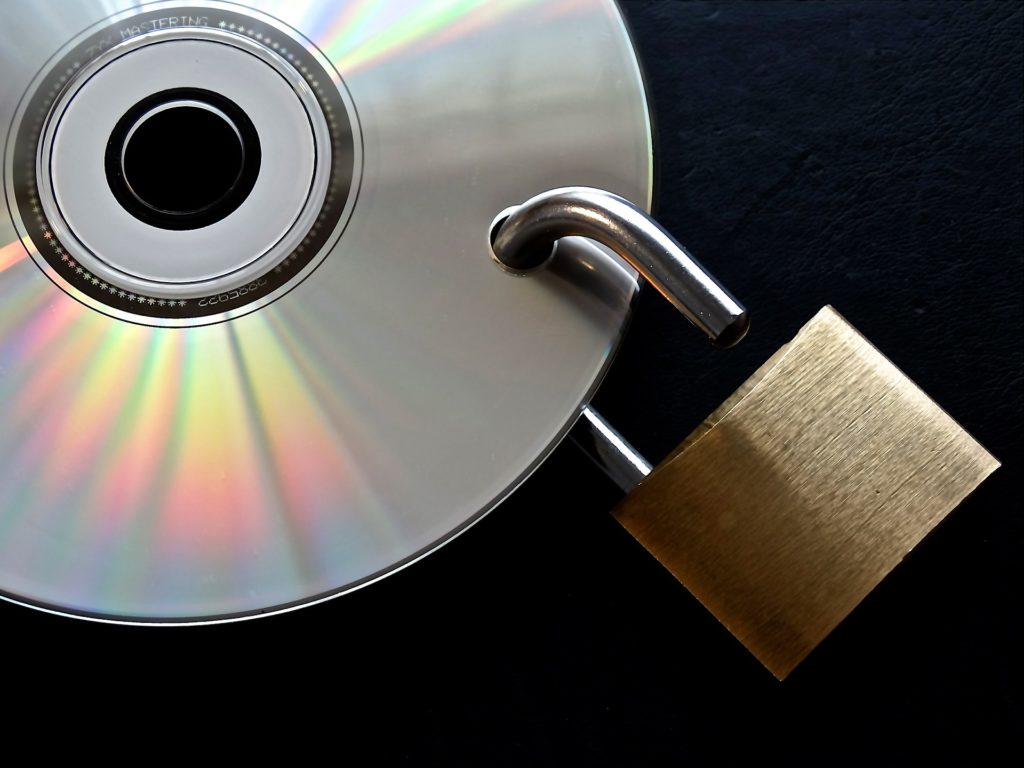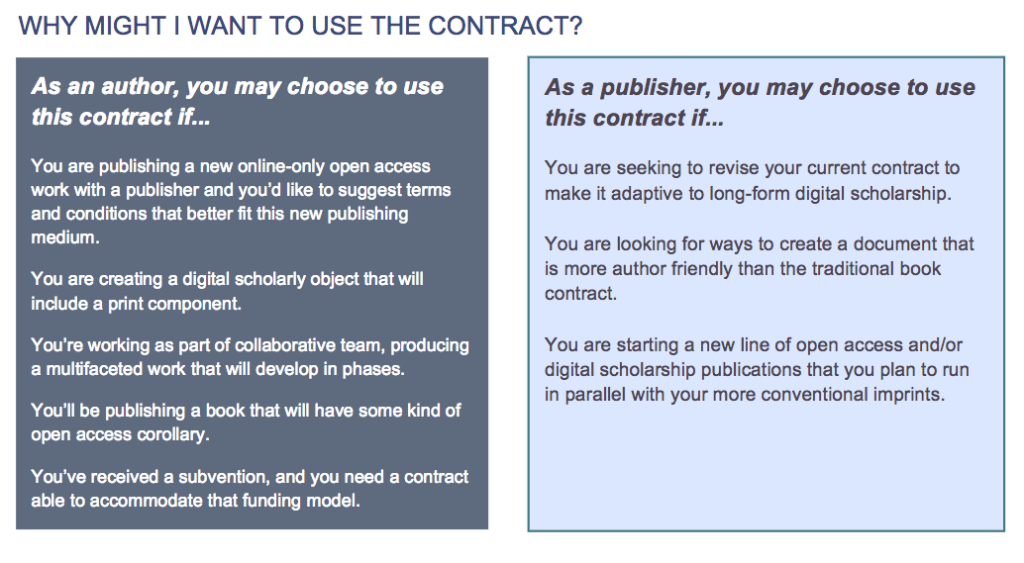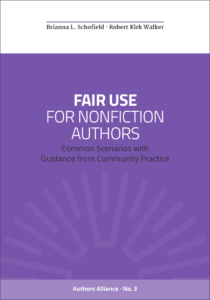 David G. Ullman is Professor Emeritus of Mechanical Engineering Design at Oregon State University and an expert on product design and decision-making best practices. After securing a reversion of rights, Ullman published the sixth edition of The Mechanical Design Process, a leading text used to teach mechanical engineers the processes of product design. We asked Professor Ullman to share his rights reversion success story with us.
David G. Ullman is Professor Emeritus of Mechanical Engineering Design at Oregon State University and an expert on product design and decision-making best practices. After securing a reversion of rights, Ullman published the sixth edition of The Mechanical Design Process, a leading text used to teach mechanical engineers the processes of product design. We asked Professor Ullman to share his rights reversion success story with us.
Authors Alliance: What motivated you to request your rights back?
David Ullman: When The Mechanical Design Process was first introduced in 1992, I insisted that it be priced at less than $50. I felt this was a fair price for a university text on the topic. McGraw-Hill, the publisher, agreed and released it at $49. Over the years, McGraw-Hill steadily raised the price over my protests. By 2017 the list price was $166. University bookstores sold it for $149. I contacted McGraw-Hill, protesting the price increases. I told them that I did not understand their business model, the price was usury, and they were killing the sales of the book. Where inflation would have taken the book to $85, they had nearly doubled that. Finally, in early 2017, when the annual sales for the fifth edition (2015) had dropped from 4,000 copies per year to 1,000, I offered to buy the copyright, and they agreed, at no cost to me. Thus, in November 2017 I released a new edition of the book at a price practitioners and students can afford: $49.95. It is interesting to note that as soon as the agreement was signed, McGraw-Hill’s list price was lowered by $30.
AuAll: How and when did you first hear about rights reversion?
DU: I always knew that it was possible to buy back rights. When I decided to request the rights back, I did a lot of online reading to be sure I understood the ins and outs.
AuAll: Could you walk us through the process of requesting your rights back?
Continue reading


 We are pleased to welcome
We are pleased to welcome  David G. Ullman is Professor Emeritus of Mechanical Engineering Design at Oregon State University and an expert on product design and decision-making best practices. After securing a reversion of rights, Ullman published the sixth edition of
David G. Ullman is Professor Emeritus of Mechanical Engineering Design at Oregon State University and an expert on product design and decision-making best practices. After securing a reversion of rights, Ullman published the sixth edition of 